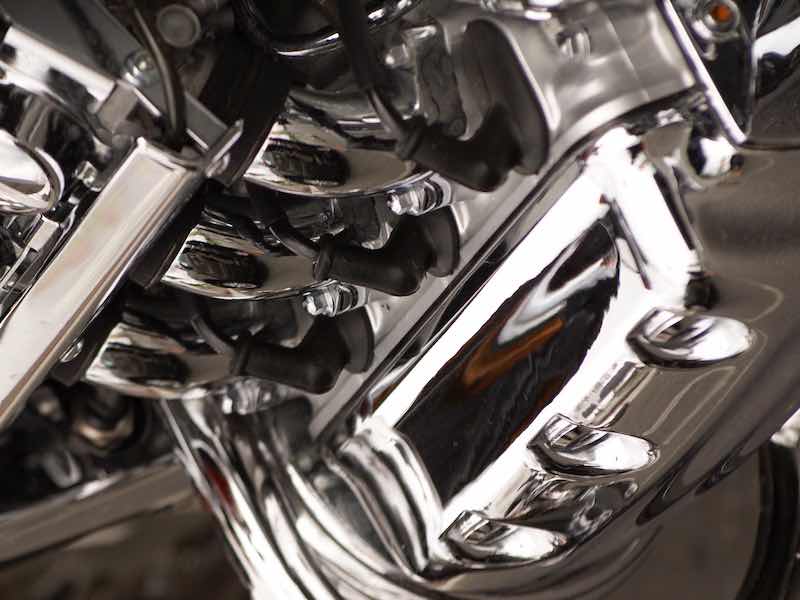California finishers will be prohibited from using hexavalent chromium in their operations after a state board voted to ban the naturally-occurring element from production.
The California Air Resources Board (CARB) voted on May 25 to update its rules on airborne toxins that will phase out the use of hex chrome by chrome plating and chromic anodizing facilities, starting with its use for decorative purposes where it says safer alternatives are now available.
Decorative platers will be banned from using hex chrome in 2027 or 2030 if they install air safety measures. Functional chrome platers will have to stop using it by 2039.
Numerous finishers attended the CARB hearing to express their continued frustration that they are being singled out by state officials and that the industry releases less than 1% of all hex chrome into the air in the state.
“It’s going to render my business worthless,” says Art Holman, who owns Sherm’s Custom Plating in Sacramento. “My employees will be unemployed; 43 years down the drain. My entire business has worked until this passes, and then my property is a hazardous waste facility.”
Bryan Leiker, the Executive Director of the Metal Finishing Association of California, told the CARB members before the vote that the new rules are unfair to the finishing industry because they rely on faulty data that doesn’t reflect the self-regulations that platers have already put into place.
“Decorative chrome platers now have options to transition to less toxic alternatives without sacrificing quality or function."
“The issue we have here is that our industry, of course, is in agreement with fair regulation,” Leiker says. “But what we have here is a ban. This is just a universal ban across the whole industry.”
Some finishers were upset that they were only allotted two minutes to address the CARB members before the vote was taken.
Alan Olick, owner of General Brite Plating in Los Angeles, says he wrote out four pages of comments to speak about to try to dissuade CARB from voting on the ban.
“Oh, come on, that's not right,” Olick said when he was told his time was up. “I strongly object. I’ve spent my career donating to the community and paying taxes, and here you're trying to stop metal finishing industry and you're telling me I can't speak? I drove two hours to get here.”
CARB says there are 110 facilities in California that use hexavalent chromium but that many are located near “often disadvantaged communities that face other environmental and air pollution burdens.”
“Many of the communities that house chrome plating facilities are also next to other polluting industries and heavily trafficked freeways and trucking routes, and any step we can take to protect their health and improve their air quality is important,” says Liane Randolph, CARB Chair. “Decorative chrome platers now have options to transition to less toxic alternatives without sacrificing quality or function, and we are eager to continue working with those who are currently developing ways to transition to safer options for functional purposes.”
Under the new CARB rules, decorative chrome platers will have two paths to transition away from hexavalent chromium: those who opt to meet the 2027 deadline will have first access to financial incentive programs to assist with the transition to trivalent chromium, while those who opt to wait until 2030 to phase out hexavalent chromium will need to implement building enclosure requirements by 2026 to reduce fugitive emissions and may have less grant funding available for their transition.
The amendments also require that businesses meet best practice measures — such as spill prevention and enhanced cleanup of hexavalent chromium — by 2024.
Functional chrome plating facilities — which include hard chrome plating and chromic acid anodizing that is used for products such as aircraft parts — will be required to implement building enclosure requirements and best practice measures by 2024 to reduce fugitive emissions. In 2032 and 2036, CARB says it will conduct technology reviews to assess the development of alternative technologies available prior to the phase-out of hexavalent chromium for functional chrome plating in 2039.
“The California Legislature has indicated plans to allocate $10 million as part of the upcoming budget process to help chrome platers with the cost of transitioning to trivalent chromium plating, a safer alternative that has been used for decorative chrome plating applications for decades,” CARB says in a statement.



































